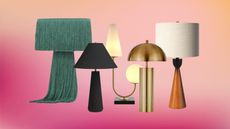This designer's genius ideas to make your home appeal to all your senses will change how you decorate forever
The secret to designing a home that’s better to live in? Embracing all smell, sound, touch, sight.. even taste
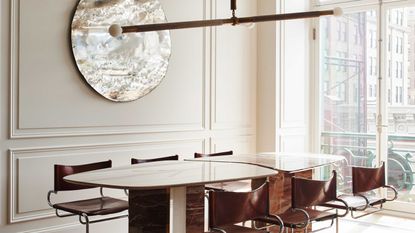

Whether you’re looking for inspiration online, or flicking through a glossy interiors magazine, the way we consume interior design content makes it largely a visual medium. However, when you’re actually experiencing your home, it’s about so much more than sight alone.
Touch, hearing, smell - they all have a role in how our brains decipher a space and how our homes make us feel. It’s an idea that’s the backbone of an interiors movement often referred to as sensory design. 'A sensory approach to interior design combines materials, colors, fragrances and sounds to drive emotions and connect humans with their environments, making more sense of the world we live in,' says Franky Rousell, founder and CEO of international interior design studio Jolie, which specializes in sensory interior design. 'Life is multi-sensory. All of your senses work in tandem to inform how you experience an environment and, in turn, how you react emotionally to it. So, in sensory design, we are always looking at how all of the senses interact with one another, ensuring harmony across the senses for the most impactful schemes.'
It sounds simple in theory, but how do you actually design a home that embraces the senses?
How to design a sensory home
The psychology of our senses is something that’s being explored in new ways in design, especially outside of residential spaces. ‘It’s increasingly being utilized in some retail concepts - mainly fragrance and sound - although this market tends to abuse the approach a little in order to drive sales and consumer behavior, as opposed to focusing on wellbeing,’ Franky tells us. ‘It’s also being dabbled with in hotel design, but there's still a way to with designers understanding how best to pair these elements for consistency in emotional output. We often see aesthetically calming environments being paired with invigorating soundtracks and fragrances, which can be very jarring for guests.’
For our homes, there has been less of a focus on this cohesive approach to invoking all the senses, but these ideas are being embraced by modern, research-led studios. But what does sensory design actually look like? And how do you start designing a sensory home? 'In residential design, a focus on sensory zoning will allow you to define the mood you want to create before anything else,' Franky says. 'We would advise digging deep into your current lifestyle challenges and creating room designs that can help resolve them, as opposed to getting sucked into trends and what other people are doing. Once you've defined the emotion you want to create in a space you’ll be able to find your "emotive words". Consistently referring back to these and ensuring all of your color, textural, sound and lighting choices lean into evoking this emotion will help you to create a scheme that really delivers on your intentions,' advises Franky.
1. Scent

Scent and sound are, potentially, the most overlooked senses in design, but they’re both important as part of the mix. 'We love playing with fragrance as this has a real impact on creating memories and subliminally tackling anxiety and stress,' Franky explains. Over time, we can build attachments to certain scents that can evoke different feelings, something that can be manipulated through design to make different spaces feel cosier, or cleaner, or even help you focus. And while this might be as simple as better considering how you fragrance your home with one of the best scented candles, for example, designers are beginning to look at home fragrance in new and exciting ways.
'I have installed an air fragrance system in some projects that pump through the HVAC system, adding the element of scent,' says interior designer Todd Raymond, founder of Studio Todd Raymond. 'It's a beautiful way to start the experience in a space right at the front door and helps develop the mood. For a project that had a more masculine, sexier appeal, I pumped a scent of oud and leather through the system, which helped set the stage and further tie together the aesthetic,' he adds.

Price: $210
Size: 75ml
2. Sound

Hearing is a sensory experience that’s about blocking out the bad “noise” and encouraging a better relationship with what you do want to hear. Designs that dampen sound from traveling between spaces, especially in open plan homes, should be prioritized, while introducing ‘biophilic’ sounds, such as running water in gardens, or creating planting that encourages songbirds, is an example of how your design can take control of sound in a backyard.
Installing sound systems throughout a home means you can enjoy sound in a different way, too, and the best examples of it cross-boundaries on the senses. 'I like to install invisible speakers in homes that help set the stage for a party or gathering, so add the sense of sound but don't impair the experience by adding visual ‘clutter’,' says Todd.
3. Taste
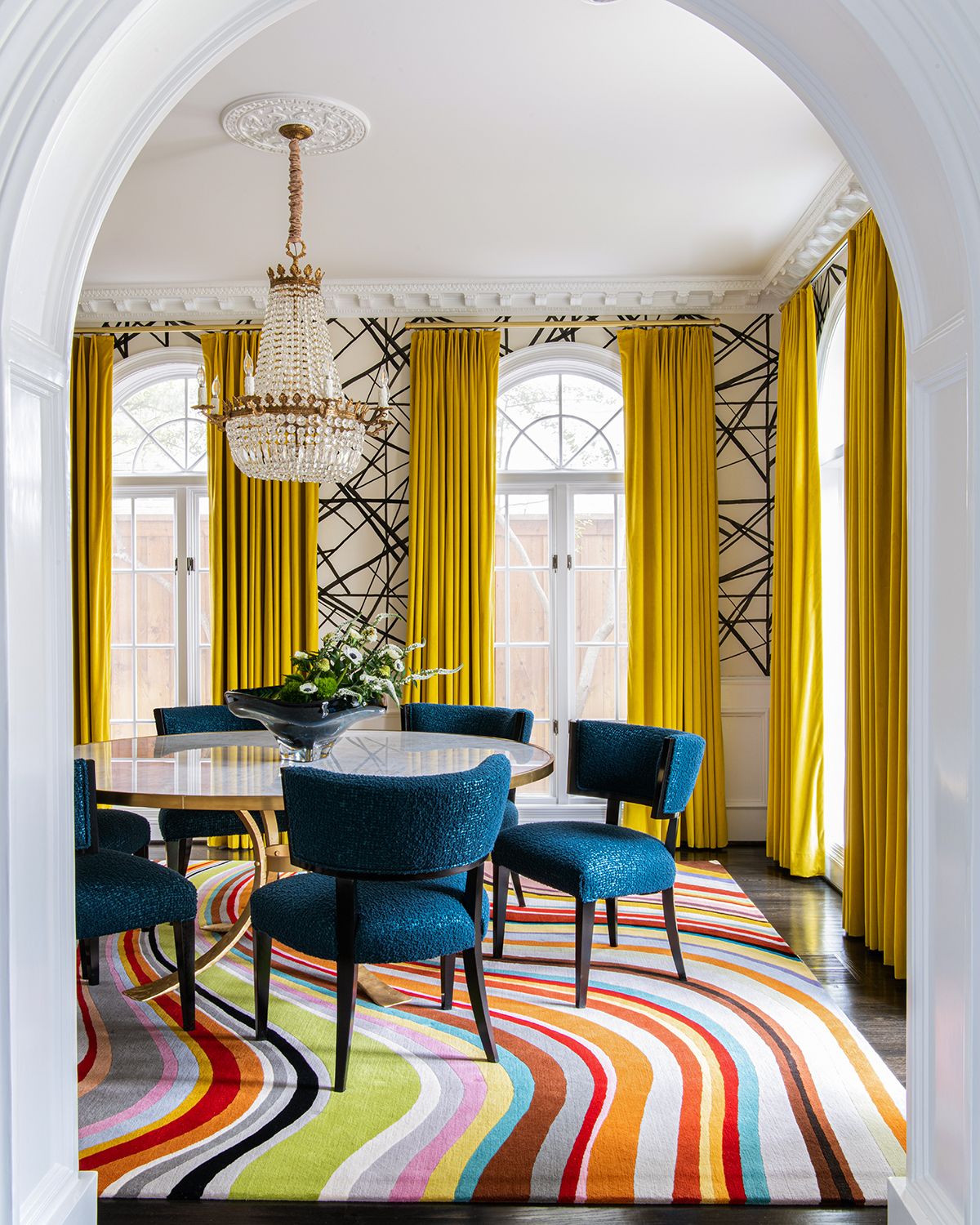
The home’s relationship with taste is slightly more complex, but not something to be disregarded. It’s an idea most explored in restaurants, asking the question “what kind of interior design will make this food taste better?” Design that helps you anticipate food or focus on what you’re eating instead of outside stimuli could just be the secret to something tasting more delicious, while there’s also evidence that colors can affect how we taste things, whether that’s the color of food or your dining room walls.
4. Sight
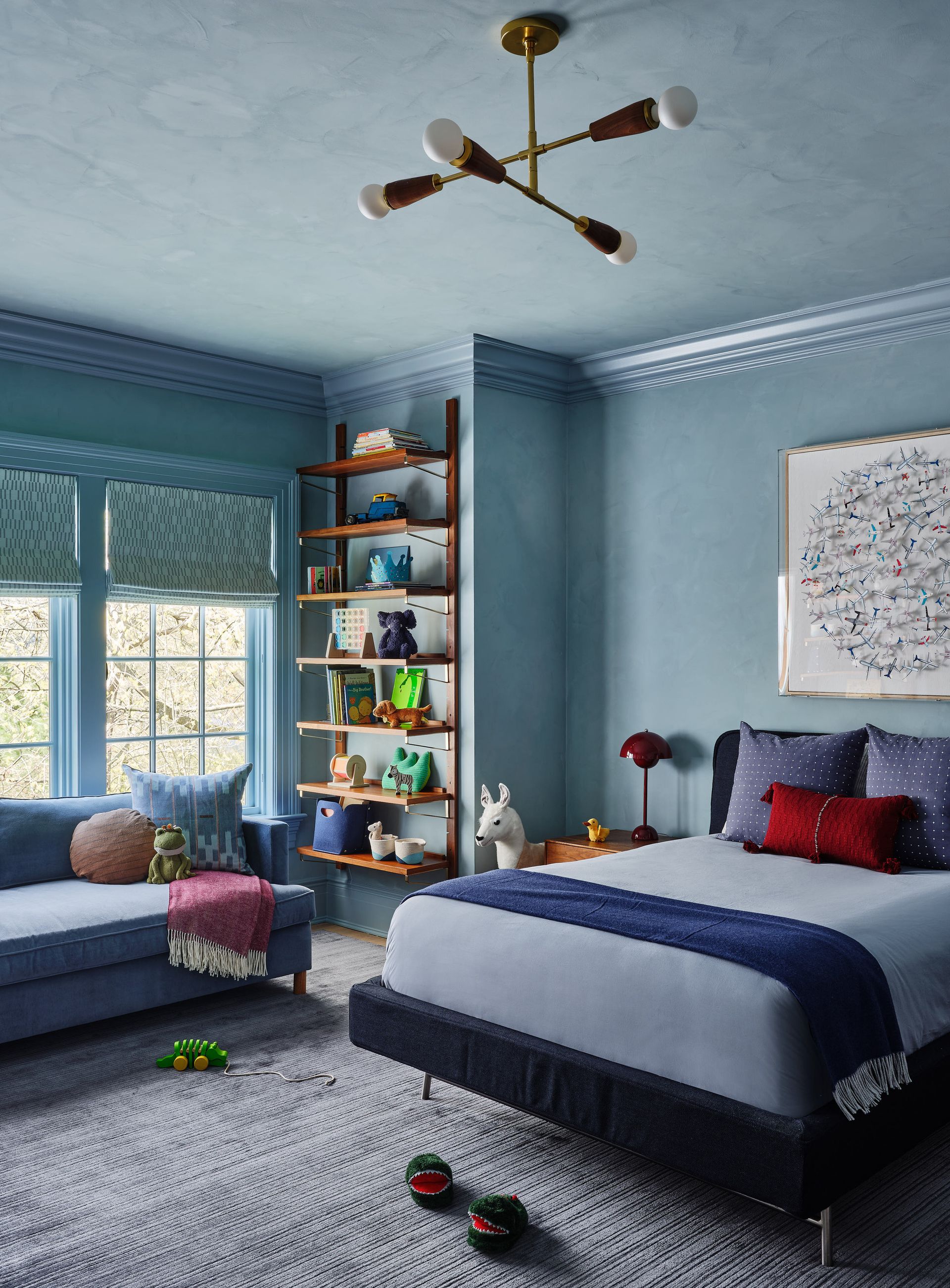
In spite of these senses being underutilized, sensory design is just as much focused on sight and touch. 'While sound and fragrance are often overlooked, sight is where the biggest mistakes are often made,' Franky Rousell tells us.
The biggest sensory design issue Franky notices? The wrong paint color ideas. 'Color choices people often make in their homes tend to be trend-driven without real understanding of how those colours will impact your, and your family's, daily moods and behaviours. Different hues and shades can make people feel creative, reduce anxiety, calm or motivate them. When used correctly and striking an optimal balance, color has an incredible potential to influence how an end user feels and behaves in a space. This also relates to pattern, and again understanding how different designs can affect your perception and comfort - which can be different from person to person.'
5. Touch
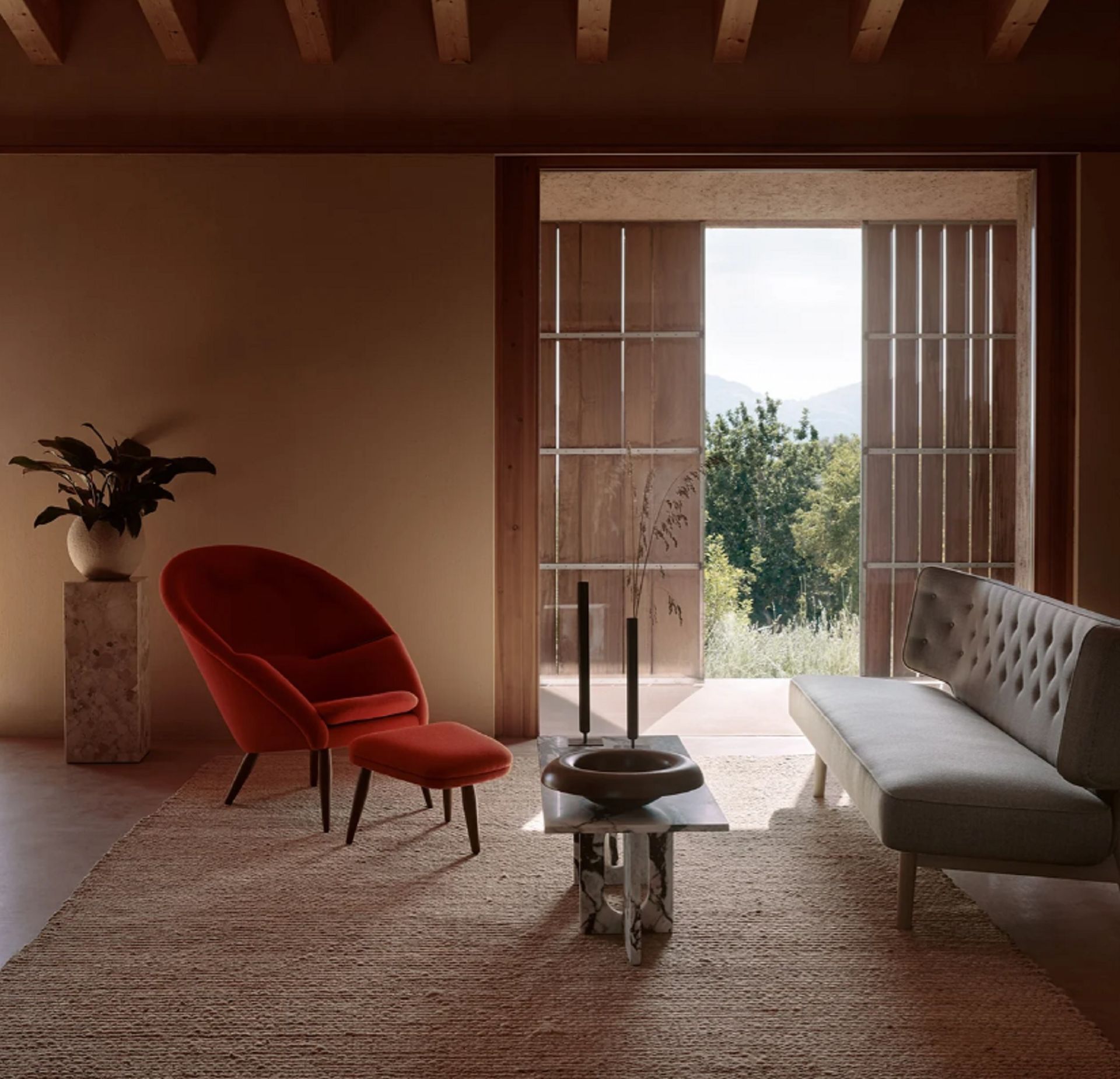
Creating a home that's full of tactile textures can be pleasant and cozy, but there are other factors surrounding touch, including how the shape and design of furniture makes us feel. 'As our largest organ the skin acts as the interface between us and our surroundings,' Franky explains. 'In the neuroscience of touch, humans experience different sensations - and emotions - depending upon which part of the body is making contact. A piece of cocooning furniture - like a leather club chair, for example, that comes up and around your shoulders, can provide a deep sense of comfort and reassurance.'
What small changes can I make?
Working with a sensory designer isn’t going to be an experience that everyone can undertake, so what changes can you make that will add sensory elements to your existing design scheme? 'Small changes we would recommend would be layering lighting, and reconsidering your color schemes based on their psychological benefits,' Franky says. 'Small investment pieces that add different comforting textures in the form of pillows and blankets can help soften a space and are interacted with from the perspective of touch, which can evoke powerful emotional connections.'
'As one of the smallest changes in a space we recommend lighting a candle, which can provide both spiritual and healing benefits by tapping into vital olfactory senses, helping to shape the atmosphere to reflect the intended mood for the space,' Franky concludes.
Be The First To Know
The Livingetc newsletter is your shortcut to the now and the next in home design. Subscribe today to receive a stunning free 200-page book of the best homes from around the world.

Hugh is the Editor of Livingetc.com. From working on a number of home, design and property publications and websites, including Grand Designs, ICON and specialist kitchen and bathroom magazines, Hugh has developed a passion for modern architecture, impactful interiors and green homes. Whether moonlighting as an interior decorator for private clients or renovating the Victorian terrace in Essex where he lives (DIYing as much of the work as possible), you’ll find that Hugh has an overarching fondness for luxurious minimalism, abstract shapes and all things beige. He’s just finished a kitchen and garden renovation, and has eyes set on a bathroom makeover for 2024.
-
 The 12 Very Best Silk Bedding Pieces — As Our Style Editor Says: 'It's What Dreams Are Made Of!'
The 12 Very Best Silk Bedding Pieces — As Our Style Editor Says: 'It's What Dreams Are Made Of!'Slumber in lustrous luxury with the very best silk bedding sheets, duvets, pillowcases, and more — your sleep score will thank us later
By Julia Demer Published
-
 The 12 Best Wayfair Table Lamps Are All Under $200 — And Our Style Editor Wants The Lot
The 12 Best Wayfair Table Lamps Are All Under $200 — And Our Style Editor Wants The LotThese 12 best Wayfair table lamps are the perfect excuse to get a head start on your President's Day sale shopping. With discounts up to 78% off
By Julia Demer Published

